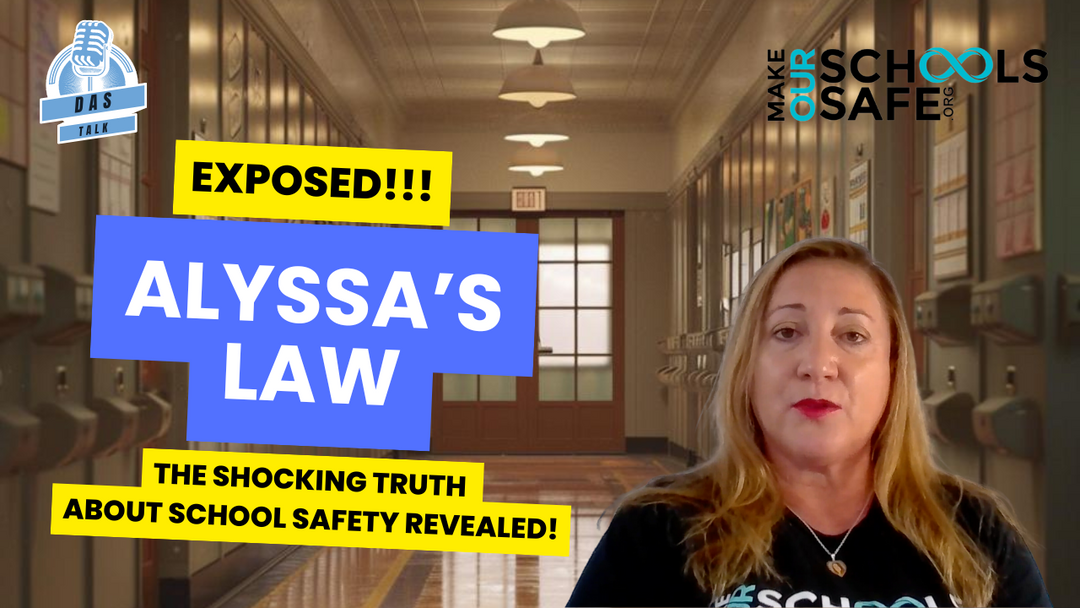Why You Need to Stop Using Cheap RF Cables
Updated 2/10/21
I once attended a videography seminar in which the primary speaker pointed out a flawed mindset amongst videographers, a mindset I’ve seen repeated in the WISP and Telecom industries. The speaker made his point by asking a question: after spending large sums of money on a camera, lenses, batteries, microphones, etc., why on earth would you use the cheapest memory card available?
I’ll admit it, I was guilty. Sure I have a working camera, but without a working memory card I can’t actually record any photos/videos. My camera is close to useless without a working memory card and yet I was using the cheapest one I could just to save a few bucks. How long until I experience some kind of memory card failure? Why spend so much money on all the other equipment if I was going to handicap it with a bad memory card? And yes, I did have issues with those cheap memory cards.
As previously mentioned, this flawed way of thinking is not specific to videographers. I’ve seen this same mindset repeated in the WISP and Telecom industries as hundreds if not thousands of dollars are spent on antennas/radios and then paired with the cheapest cables available. Again, you can’t utilize the antenna or radio without cables, so why would you go with the cheapest cables available?
Saving money on cables is incredibly tempting but as they say, “you get what you pay for.” That isn’t to say that you have to break the bank on cables, but you should recognize that using cheap and potentially problematic cables could render your much more expensive equipment useless. So what makes some RF cables better than others and worth the additional investment?
Cable Construction
If you’re unfamiliar with how RF coaxial cables operate here’s a quick abbreviated explanation: RF Coaxial Cables have an inner conductor that carries an electromagnetic signal which propogates outwards from the inner conductor. The cable has an outer conductor which contains the signal within the cable while also blocking outside interference. Between the outer and inner conductor there’s a dielectric which is placed between the two conductors as a space for the electromagnetic signal to move within. Lastly, the entire cable is wrapped with a cable jacket, typically a jacket that protects the cable against flames, etc.

|
Specifically, RF coaxial cables tend to come in 2 categories: low loss or low PIM. Low Loss cables are made with a braided shield outer conductor while low PIM cables have a corrugated copper outer conductor. Braided shields are what you typically see on most LMR type cables while corrugated copper is necessary for Low PIM applications.

|
The key difference between the 2 types of cables is that outer conductor/shield. The corrugated copper on the Low PIM cable is vastly superior to the braided shield on the low loss cable. In fact, the low loss cable actually has a 2 piece outer shield/conductor. Just inside of the braided shield itself is a piece of foil which acts as the outer conductor for the cable.

|
Low Loss cables do a great job of doing what their name implies, keeping insertion loss to a minimum. What that don’t do as well is reduce interference. The foil and braided shield do block a certain amount of interference but it’s not really comparable to the results you get with a low PIM coxial cable.
 |

|
If you look at the photos above the reasons for that are probably fairly obvious. A braided shield, (low loss cable), is bound to fray and have gaps in the outer shield simply because of the nature of how the cable is constructed. As the name implies, the braided shield is a series of small, fiber-like wires that are interlaced over one another. It’s not a solid, single piece shield. As you bend the cable gaps in that shield could easily occur. If you crimp the cable or re-terminate the cable with a new connector gaps in the shield are almost certain to occur.
The low PIM cable on the other hand has a solid, single piece outer shield that is far less likely to have any gaps. The corrugated copper outer shield on the low PIM cable greatly reduces outside interference while also protecting the integrity of the signal within the cable.
So when you really want a quality signal, you want to go with a low PIM cable. The low loss, LMR type cables can do a quality job, but when interference or more specifically passive intermodulation, (PIM), is a concern, you need to upgrade to a better, low PIM cable. PIM is a big issue and while better cables may not completely solve it cables and connectors are typically the best place to start.
Long story short: if you want a cleaner RF/electromagnetic signal you should strongly consider low PIM cables.
Connectors

|
We’ve dedicated an entire blog post to the value of our tri-metal albaloy connectors but to help keep things shorter here let’s just say that tri-metal albaloy connectors are extremely resistant to corrosion while also being non-magnetic, which helps further avoid intermodulation issues. Additionally, tri-metal albaloy connectors are incredibly durable and will hold up to the elements.
Imagine for a moment that you have a high quality cable with cheap connectors on either side. Much like the memory card comparison, what’s the point in that? Cables need quality connectors to ensure that the connection is as clean and durable as possible.
Testing
It’s easy to say a cable is of high quality but the only way to back it up is with test results.
For LMR type cables a Return Loss, (or VSWR) test is sufficient. Every cable will experience some type of loss, you want to ensure it’s as minimal as possible. VSWR is measured in decibels and in an ideal world you want a result as close to 1 dB as possible. However, getting a result of 1 dB is virtually impossible and it’s far more likely to get results between 1.05 up to 1.2 dB. Many consider a cable with a VSWR of 1.3 dB to be passing, however our team at Gamma doesn’t like sending out cables if they’re above 1.2 dB.

|
For Low PIM cables you want both a Return Loss test and a PIM test. PIM is measured in decibels relative to the carrier, (dBc), and the results are in negative numbers. The lower the number the better the results. -155 dBc is largely considered to be the passing grade for a low PIM cable and we guarantee that all of Gamma’s low PIM, low loss cables will surpass -155 dBc, with results more likely being between -165 and -175 dBC. It’s very typical on low PIM cables that when you have a solid PIM test result your return loss is also great.
All of Gamma’s cables are tested before being shipped and come with a label that is applied directly to the cable that lists those results.
Cable Jackets
You don’t want a cable that can’t withstand the elements, especially in RF applications where your cables are most likely being exposed to weather. Gamma cables come with either a flame-retardant polyethylene jacket or a flame-retardant, low smoke, halogen-free jacket. These jackets are UV resistant and will hold up to the elements in some of the most difficult of circumstances.

|
Cable Protection
Because RF cables are almost always outdoors you need to make sure they’re protected. Cables should come from the factory with some initial form of protection to help protect the soldering between the cable and the connectors. We use Heat Shrink for this first layer of cable protection as the adhesive from the heat shrink helps protect the connection while also acting as a strain relief.
When installing your cable you absolutely should add more layers of protection to help seal the connection from weather. Most often we tend to recommend using Cold Shrink but you can find a blog post we put together comparing the different types of cable protection here.
All Gamma cables come with perfectly matched, IP68 rated RF weatherproofing. You can see all of our tower weatherproofing options by clicking here.

|
 |
Gamma Cables In The Field
"We saw the biggest improvement on the worst connections…the general reliability of UE’s from ICMP and SNMP on the sector greatly improved."
-Kaleb Rounsevel St. Marie's Internet
As stated in the Testing section above, it’s one thing to say you have high quality cables and another to back it up with test results. So how about the results Gamma cables have seen when used in the field?
Kaleb Rounsevel of St. Marie’s Internet recently shared with us that they upgraded from LMR’s to Gamma’s low PIM, low loss jumpers. He went on to say, “We saw the biggest improvement on the worst connections. anything above -105 RSRP saw 2-4db improvement. The CINR SINR levels pretty much improved across the board.”
Kaleb continued, “the general reliability of UEs from ICMP and SNMP on the sector improved greatly.”
If you want to see your worst connections improve or an overall improvement in the reliability of your network than you should probably start by upgrading your cables.
Conclusion
Hopefully it’s clear that there’s a lot to consider when purchasing cables and they shouldn’t be considered an afterthought. Don’t fall into the cheap memory card trap and make sure your entire deployment is running smoothly from top to bottom. Oh and by the way, I haven’t had any memory card issues since upgrading.




